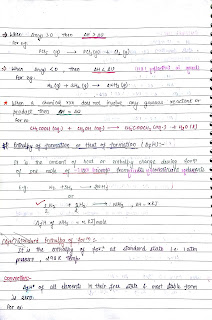Q-1) Choose the wrong statement with reference to subspecies.
A. They do not interbreed with individual of other species.
B. They are new species in the making.
C. Geographically isolated population of a species.
D. They show minor variations from parent population.
Q-2) Which one of the following is not a correct statement?
A. Herbarium houses dried, pressed and preserved plant specimens.
B. Botanical gardens have collection of living plants for reference.
C. A museum has collection of photographs of plants and animals.
D. Key is a taxonomic aid for identification of specimens.
Q-3) Natural system of classification is given by
A.Bentham and Hooker
B. Carolus Linnaeus
C. Charles Darwin
D. Engler and Prantl
Q-4) Taxonomic hierarchy refers to
A
Step-wise arrangement of all categories for classification of plants and animals
B
A group of senior taxonomists who decide the nomenclature of plants and animals
C
A list of botanists or zoologists who have worked on taxonomy of a species or group
D
Classification of a species based on fossil record
Q-5)The taxon which includes related species is
A
Class
B
Order
C
Family
D
Genus
Q-6) A taxon is observed. Himgiri variety which is resistant to hill bunt disease belongs to this taxon. In this taxon, pollen grains lose viability within 30 minutes of their release from anthers. The taxon belongs to the order
A
Sapindales
B
Polemoniales
C
Rosales
D
Poales
Q-7) The largest collection of herbarium in India is
A
Central National Herbarium, Kolkata
B
Southern Circle Herbarium, Coimbatore
C
Central Circle Herbarium, Allahabad
D
Blatter Herbarium, Mumbai
Q-8) The basic unit of classification is
A
Species
B
Genus
C
Family
D
Phylum
Q-9) Animals are classified into hierarchical groups. In which one of the following, the largest number of species is found?
A
Genus
B
Order
C
Family
D
Cohort
Q-10) Which one of the following organisms is scientifically correctly named, correctly printed according to the 'International Rules of Nomenclature' and correctly described?
A
Plasmodium falciparum - a protozoan pathogen causing the most serious type of malaria.
B
Felis tigris - The Indian tiger, well protected in Gir forests.
C
E. Coli - Full name Entamoeba coli, a commonly occurring bacterium in human intestine.
D
Musca domestica - The common house lizards, a reptile.

























































